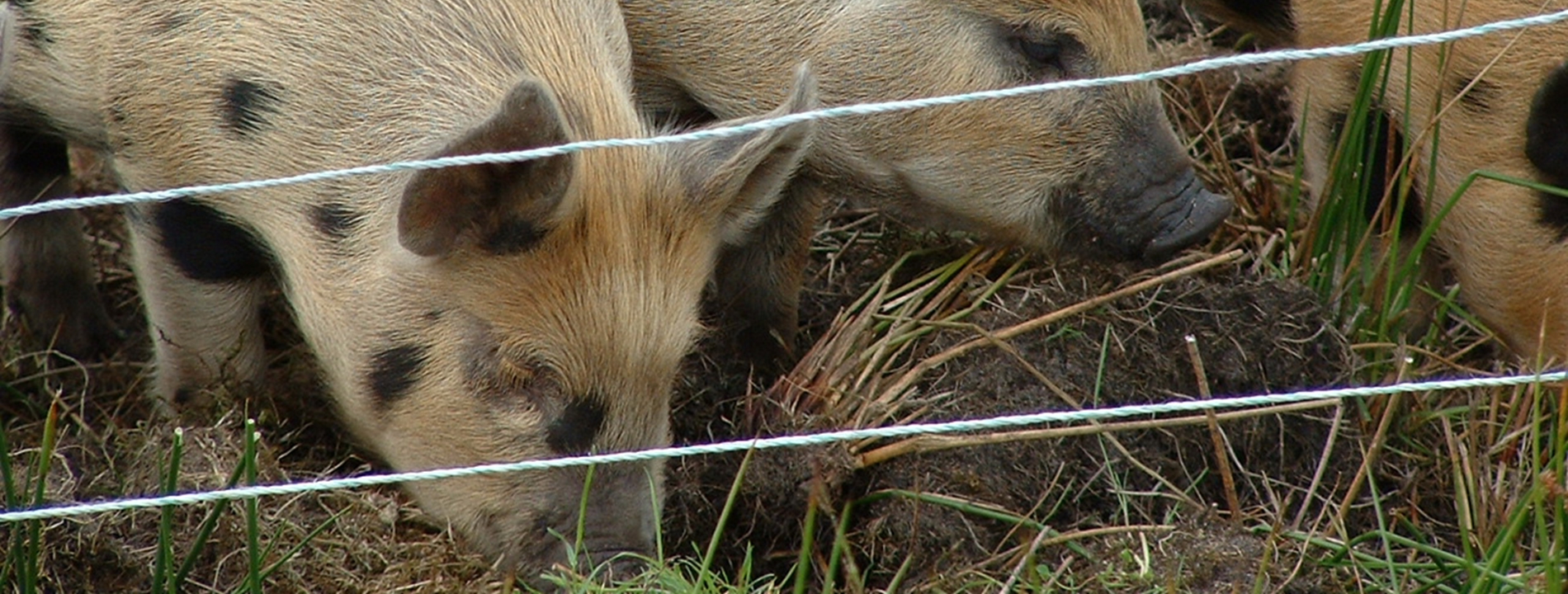Online survey gathers information on the UK pig feed supply chain
Purpose and background
Commercial feed production is vital to pig farming, but it poses biological hazards like Salmonella and African Swine Fever (ASF). Preventative measures must be in place throughout the entire supply chain—from raw material origin to on-farm delivery. Traceability is crucial for understanding risk transmission pathways if an animal disease linked to feed supply is detected. The purpose of this work was to characterise the UK pig feed supply chain and its organisation.
Methods
An online survey was launched with the support of the Agricultural Industries Confederation (AIC) targeting all commercial pig feed manufacturers in the UK to gather information on the supply chain’s dimensions, interconnections, feed storage, and distribution. The survey ran from May to July 2024 and covered site details, sourcing and storage, manufacturing controls, and feed sales and transport. Eight feed mills producing pig feed answered the survey.
Overall, while the sample size of this survey may not fully represent UK pig feed mills, the findings provided valuable insights into the sector, highlighting the structured approach to hazard analysis, and the high level of standardisation likely influenced by Universal Feed Assurance Scheme (UFAS) membership.
Biosecurity Measures: Most mills surveyed have current biosecurity plans, and all report conducting routine microbiological testing for Salmonella, Enterobacteriaceae, and mycotoxins. However, expanding testing to include viral agents like ASF or porcine epidemic diarrhoea (PED) could further enhance feed safety.
Feed Manufacturing and Storage: The mills surveyed use a variety of feed forms (e.g., pelleted, meal, mash) and employ both manual and automated processes for the addition of additives. Most mills store feed ingredients in bins, silos, or tanks, and some conduct routine cleaning and disinfection between batches.
Record-Keeping and Traceability: Electronic record-keeping is common, facilitating traceability in the event of an outbreak. However, the retrievability and interoperability of these records for outbreak investigations remain areas for improvement.
Risk Management and Contingency Plans: All mills have contingency plans in place for ASF and PED outbreaks, and many use tools to assess the risk of disease introduction based on the sourcing of feed ingredients.
To further strengthen biosecurity and disease preparedness in the UK pig feed sector, the following actions are recommended:
Improve the retrievability and interoperability of electronic records for outbreak investigations.
Enhance communication pathways between feed mills and stakeholders to ensure a coordinated response in the event of an outbreak.
Investigate the level of access feed mills have to farm health status and explore how this information can be used to optimize biosecurity practices.
Finally, study the feasibility of expanding microbiological testing to include viruses such as ASF and PED.
